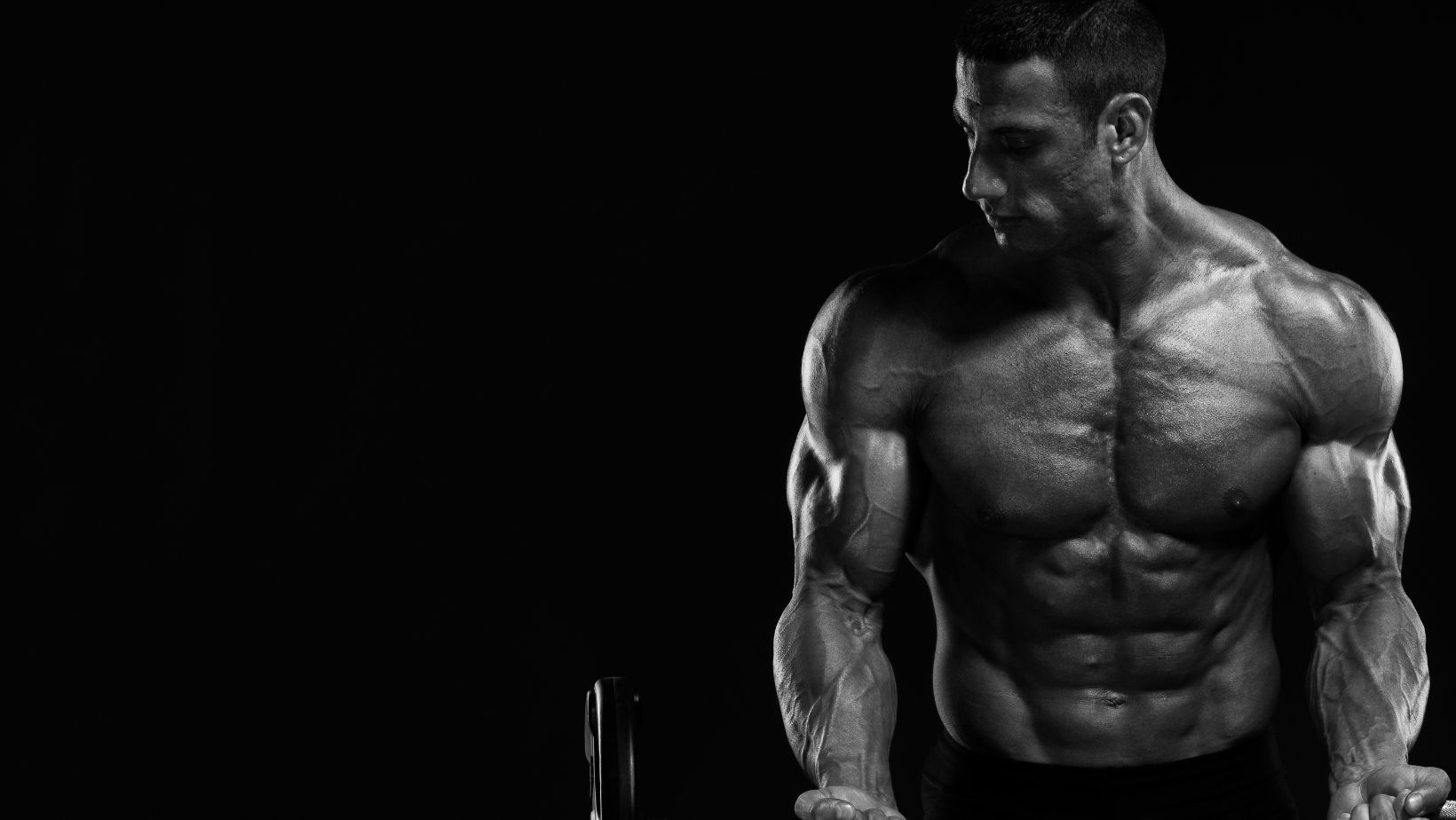The typical advice for lifting has always been: “Lift heavy, lift often.” The idea is that heavy loads trigger the body’s adaptive response. It builds bigger, stronger muscles. While that’s true to some extent, recent research shows there is more to the story.
Studies suggest that, if used well, lighter weights can build muscle and strength. They can do this as well as heavy weights. Larger muscles don’t always mean greater strength either. Also, heavy lifting has caused more sports injuries. This is a key factor to consider when planning your workouts. bet this changes how you think about weightlifting!
Here’s what the latest research reveals and how to use it to your advantage.
What Matters is Muscle Fiber Engagement
Research shows that lifting heavy and light to failure results in equal strength gains. Strength improvements come from how muscles adapt to mechanical loads.
Heavy lifting slows muscle contractions. It boosts muscle fiber use and recruits more motor neurons to handle the load. In contrast, lighter weights only work when movements are slow and taken to failure. Most gains occur in the last reps when muscles are tired and at their heaviest.

If done right, light lifting can build strength and muscle as well as heavy lifting. But there’s more to consider.
What Makes You Stronger?
True strength comes from many factors. They let the body perform hard movements. Muscle fiber size affects strength. When we lift, jump, sprint, or punch, we engage more than the muscles in the targeted area.
- When your whole body works together to lift something heavy, it depends on a few key factors for strength:
- The lateral transmission of force in muscles is a muscle contraction-induced phenomenon. It limits how much power a muscle fiber can generate.
- The coordination of all the muscles and supporting bones used to perform an exercise.
- Tendons contribute to strength by stabilizing joints through their stiffness.
- The main muscles responsible for starting a movement are known as prime movers.
Lifting heavy weights adds a mechanical load to more than the trained muscles. To gain maximal strength, one must lift heavy, at their limit.
Summary
Key takeaways:
- Lifting heavy weights builds muscle and strength as much as light weights do. Light lifting means using a fraction of what muscles can lift and doing many reps.

- To build strength, the muscle must face a load. It’s not about the weight lifted. So, those who lift light must do so slowly and exercise the muscle to failure.
- Using lighter weights lowers the risk of injuries associated with heavy lifting.
- Strength is determined by more than the strength (or size) of the muscles of one body part.
- Maximal strength gains need lifting heavy even if it’s occasional.
You can build strength effectively no matter how much weight you use. It must be done slowly to avoid muscle failure. This is good for those without access to heavy weights. It suits those who train alone and fear injury from heavier loads. To reach a person’s maximum strength, one must use heavy weights. But, they exercise more than the target muscle. HIIT, running, and bodyweight exercises can build maximum strength with light weights. They activate extra strength factors.

